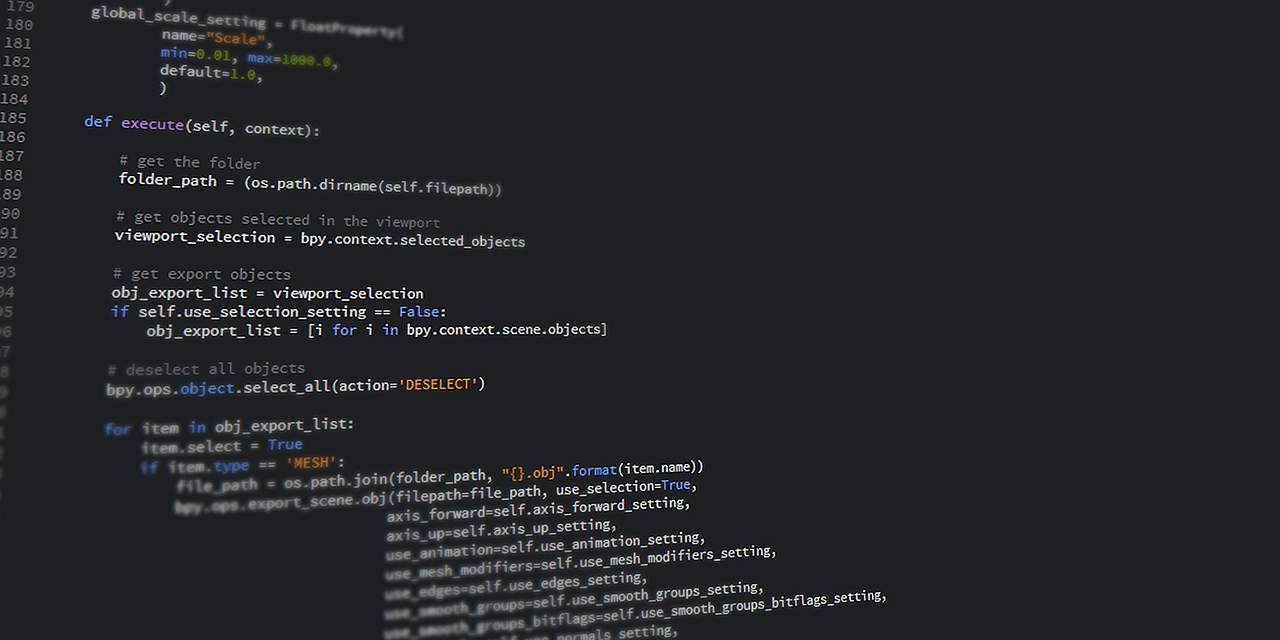Introduction to Python
Python is often hailed as one of the most versatile and accessible programming languages of our time. With a clear and readable syntax, it has made programming more approachable for beginners while remaining a powerful tool for professionals. In this blog post, we’ll explore the many facets of Python, from its origins and core features to its diverse applications in various domains.
The Python Story
Python was created in the late 1980s by Guido van Rossum, a Dutch programmer. Its name is derived from the British comedy group Monty Python, which van Rossum enjoyed. Python’s first version, 0.9.0, was released in February 1991, and it has been continually evolving ever since. In 2000, Python 2.0 was released, followed by Python 3.0 in 2008, which introduced significant changes to the language.
Why Python?
Python’s popularity can be attributed to several key features:
- Readable and Expressive Syntax: It’s syntax is easy to read and write, making it an excellent choice for beginners. Its clean, consistent structure allows for more efficient and less error-prone coding.
- Extensive Standard Library: It comes with a comprehensive standard library that provides ready-made modules and functions for various tasks, such as web development, data manipulation, and more.
- Cross-Platform Compatibility: It is available on almost all major operating systems, making it a versatile choice for both personal and professional projects.
- Community and Ecosystem: It has a vast and active community that contributes to its growth. This has led to a rich ecosystem of libraries, frameworks, and tools that extend Python’s capabilities.
- Data Science and Machine Learning: It has become the go-to language for data science and machine learning, with libraries like NumPy, pandas, and TensorFlow, enabling researchers and data scientists to work with large datasets and build sophisticated models.
- Web Development: Python is widely used for web development through frameworks like Django and Flask, making it easy to create robust and scalable web applications.
- Automation: Python is an excellent choice for automating repetitive tasks and writing scripts, making it a valuable tool for sysadmins and DevOps professionals.
Python in Various Domains
Python’s versatility is evident in its applications across diverse domains:
1. Web Development:
- Django: A high-level web framework for building robust web applications.
- Flask: A lightweight framework for smaller web projects.
2. Data Science and Machine Learning:
- NumPy: For numerical and scientific computing.
- pandas: For data manipulation and analysis.
- scikit-learn: For machine learning.
- Matplotlib and Seaborn: For data visualization.
3. Scientific Computing:
- It is used in scientific research, simulations, and engineering applications.
4. Automation and Scripting:
- It is a popular choice for automating tasks and writing scripts.
5. Internet of Things (IoT):
- It is used in IoT applications, controlling and monitoring devices.
6. Game Development:
- Python libraries and engines like Pygame and Unity3D make game development accessible.
7. Cybersecurity:
- Python is used for penetration testing and security analysis.
Python’s Future
It continues to evolve and adapt to the changing technological landscape. Python 3 is the present and future of the language, while Python 2 is no longer maintained. Python’s community-driven development and its adaptability to emerging technologies, such as AI, blockchain, and IoT, ensure its relevance in the years to come.
In conclusion, It’s combination of simplicity, versatility, and a thriving community makes it an excellent choice for both beginners and experienced developers. Whether you’re building a web application, analyzing data, or diving into the world of machine learning, Python is a language that empowers you to bring your ideas to life. Its future looks bright as it continues to play a significant role in shaping the technological landscape.





